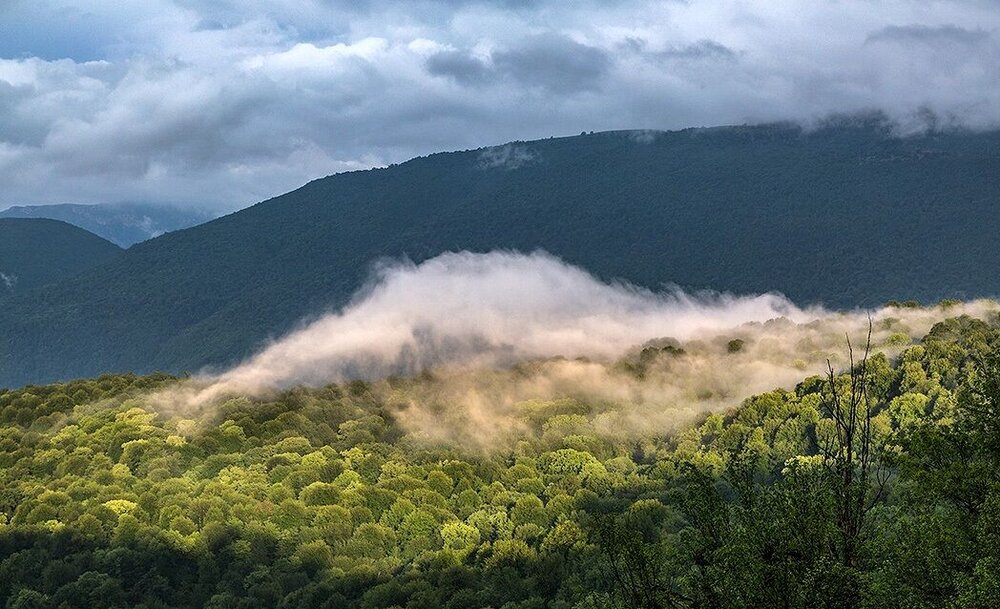Hyrcanian Forests World Heritage registration anniversary celebrated

TEHRAN – On Friday, a host of nature lovers and cultural heritage and tourism officials of the northern province of Gilan celebrated the third registration anniversary of Hyrcanian Forests on the UNESCO World Heritage list.
In July 2019, Hyrcanian Forests (also known as Caspian Forest) was named a UNESCO World Heritage during the 43rd session of the UNESCO World Heritage Committee.
As one of the most important capacities of Gilan province, the UNESCO-registered Hyrcanian Forests with its cultural, historical, and tourism values contribute to the development and completion of the sustainable tourism of the region, Gilan’s tourism chief Vali Jahani said.
The property is also considered a natural museum because of its evolutionary history of 50 million years, stretching from Gilan province to Golestan province along the southern shore of the Caspian Sea, the official added.
Spanning from the south of Azerbaijan to about 850 km eastward to the provinces of Gilan, Mazandaran, and Golestan, the Hyrcanian Forests are witnesses of the ancient forests of the world since they have survived between 35 and 50 million years.
According to UNESCO, these forests are between 25 and 50 million years old. Their surface area was reduced during the Quaternary Period's dramatic climate changes and glaciations and expanded again when the temperatures stabilized.
UNESCO has documented the existence of more than 3,200 vascular plants and 58 species of mammals, including the iconic Persian panther and endangered wild goat.
Due to its isolation, the areas now protected by UNESCO are home to many endangered and endemic plant species at a regional and local level.
According to UNESCO, the forests contain the most significant natural habitats for in situ conservation of biological diversity, including those containing threatened species of outstanding universal value from the perspective of science or conservation. It also contains superlative natural phenomena or areas of exceptional natural beauty and aesthetic importance.
Having an opulent tourist circuit with 26 UNESCO World Heritage sites, Iran seeks to acquire a greater share of the global tourism industry by 2025.
ABU/AFM
